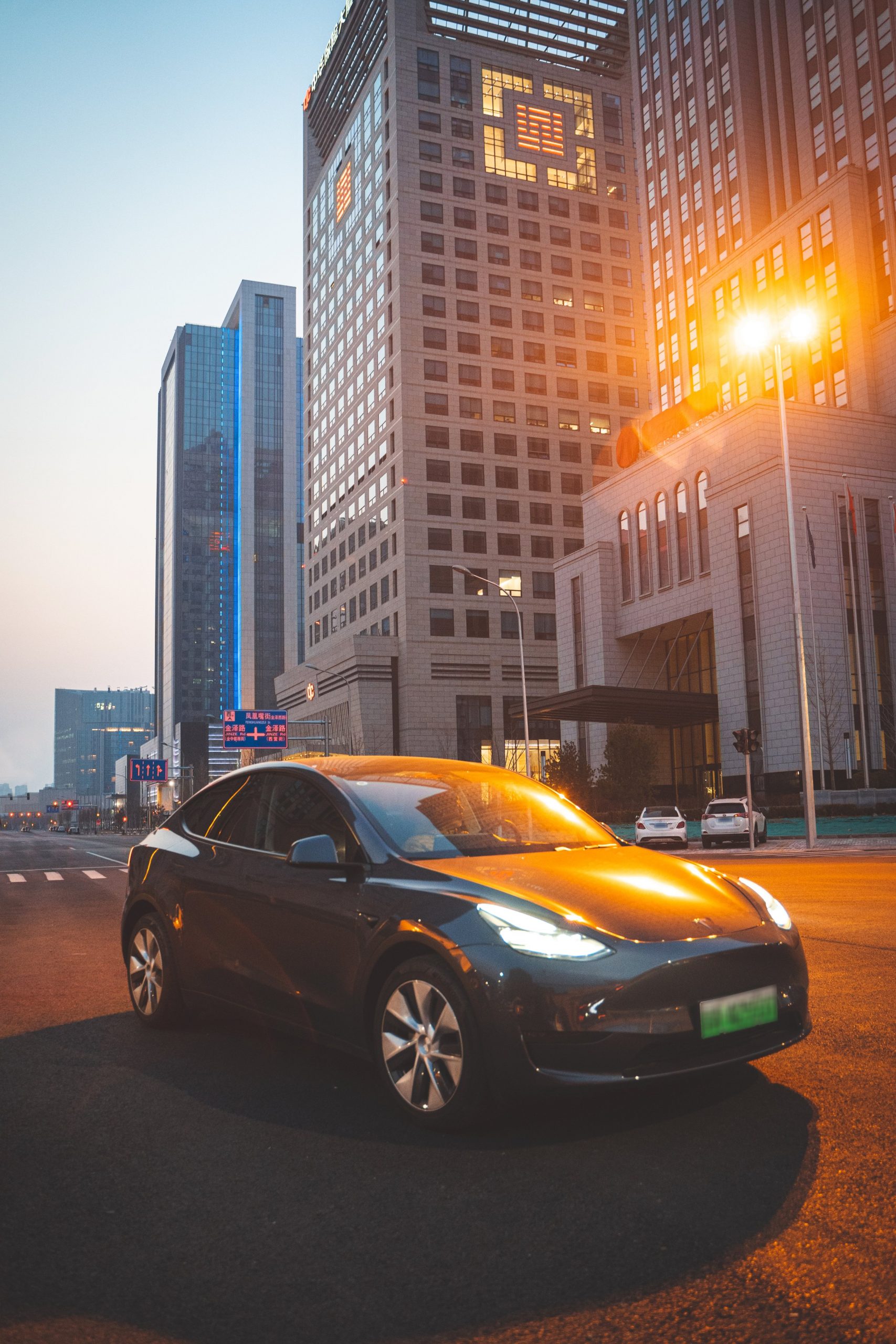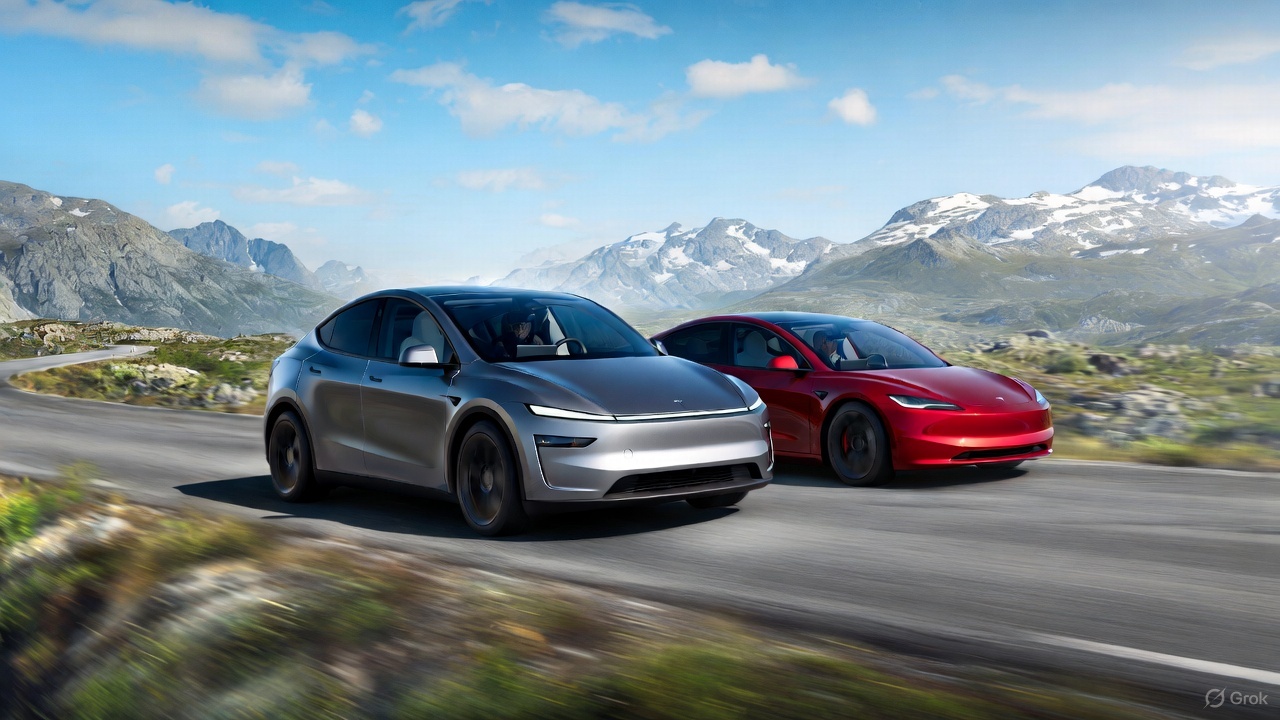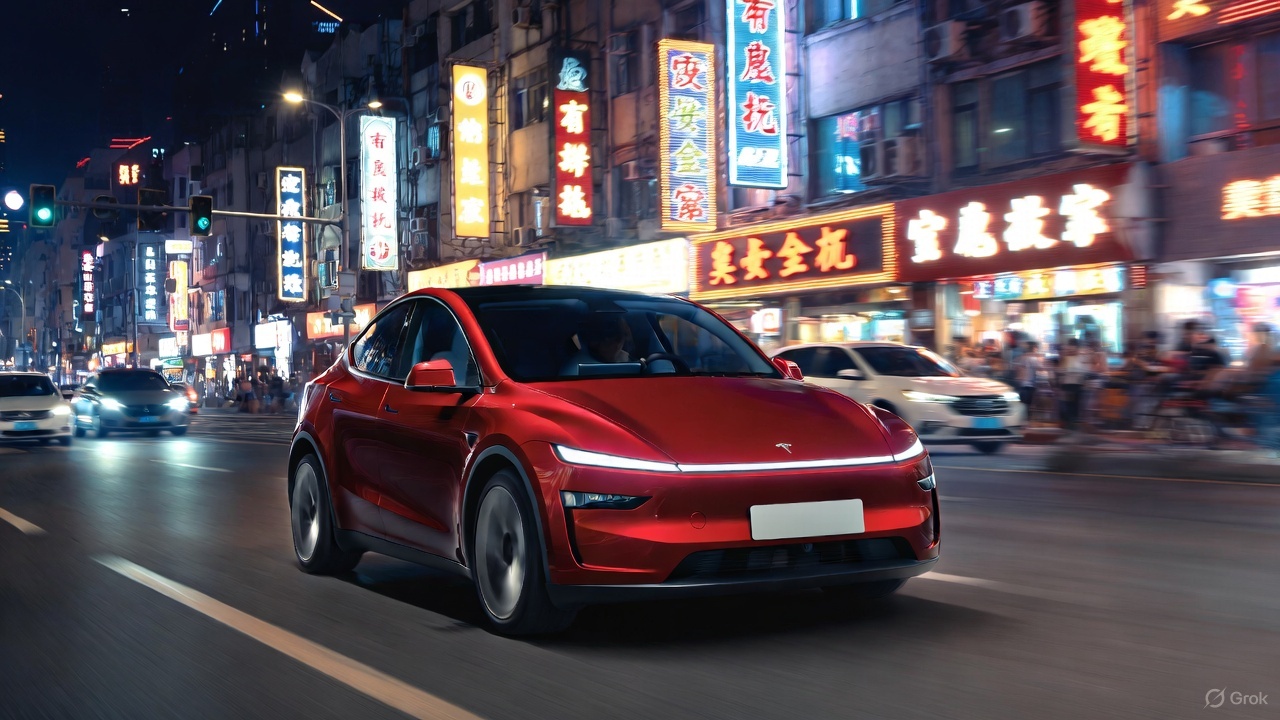

News
Media outlet apologizes to Tesla for “brake failure” reports with zero evidence
In a rather surprising turn of events, domestic auto media outlets in China have issued a public apology regarding their coverage of Tesla, particularly on the company’s alleged “brake failure” incidents, which were widely reported in recent weeks. According to the outlets’ apologies, reports about Tesla China’s “brake failure” incidents were simply rumors, and were backed by zero evidence.
Retractions about questionable reporting surrounding Tesla China were shared late last week, suggesting that the EV maker may be putting in some serious effort to battle misleading media reports. Interestingly enough, the outlet that admitted to making up the incidents about Tesla’s “brake failures” also urged other media outlets to delete their false articles. It also pledged to stop spreading unfounded rumors in the future.
An auto social media outlet in China steps out, publicly apologizing to @Teslacn for spreading “brake failure” rumors without evidence. He urges other outlets to delete the false info & promises to stop spreading rumors in the future. Very interesting development. #FUD, #TSLAQ pic.twitter.com/bLmmPzcT4S
— Ray (@ray4tesla) May 14, 2021
This is not all, as another media outlet has also issued a public apology to Tesla China for publishing a story about the EV maker’s alleged plans to abandon the domestic market after its loans are fully paid off due to the debut of Huawei’s smart car initiative. As per members of the EV community, the media outlet’s public apology was strongly worded, with the publication directly admitting that it had fabricated the story.
One more Chinese social media outlet publicly apologizes to @Teslacn for fabricating the untrue story that Tesla will abandon China market after the loan is paid off due to the recent debut of Huawei’s smart car initiative. Looks like Tesla’s legal team is going after FUDsters. https://t.co/aMAjaVPbVg
— Ray (@ray4tesla) May 14, 2021
Considering the direct nature of the apologies and retractions, speculations among the EV community have suggested that Tesla China may be taking action against false media reports. This is admirable, of course, and it ultimately shows that a Tesla with an assertive media presence can set the record straight when misleading reports become too prevalent. Of course, the state government’s generally positive stance towards Tesla may have also played a part in the shift in Tesla China’s narrative.
And more… pic.twitter.com/oMnuyOftCq
— Charles⚡️ (@Charleswcqca) May 14, 2021
Tesla China was embroiled in a rather thick wave of negative news last month, with a high-profile protest from a disgruntled former Model 3 owner during the Shanghai Auto Show making international news. The owner, who claimed that her Model 3’s faulty brakes caused the vehicle to crash, attracted extensive coverage from across the globe. It did not take long before a narrative suggesting that Teslas had faulty brakes settled in. In the weeks since the “brake failure” rumors emerged, some Tesla owners in China reported that they were barred from entering some public places due to guards insisting that their cars’ brakes cause accidents.
Together with the EV maker’s alleged canceled plans for the country, these reports painted a negative picture of the company’s future in China. But with the air now cleared of misconception and the facts laid out, perhaps Tesla China’s expansion and programs could now be covered in a manner that is thorough, fair, and accurate at the same time.
Don’t hesitate to contact us for news tips. Just send a message to tips@teslarati.com to give us a heads up.

News
Tesla FSD earns high praise in South Korea’s real-world autonomous driving test
As per the Korea Expressway Corporation’s report, the FSD test was conducted on December 15, 2025, from 10 a.m. to 6 p.m.

Tesla’s Full Self-Driving (FSD) has received a bullish assessment from the Korea Expressway Corporation following a real-world autonomous highway driving test.
A report of the test, shared on Naver Cafe, showed high praise for the system’s safety, capabilities, smooth maneuvers, and confidence.
South Korean highway test
As per the Korea Expressway Corporation’s report, the FSD test was conducted on December 15, 2025, from 10 a.m. to 6 p.m. Four people were in the Tesla that was tested, including the head of the mobility department. All four FSD driving modes were tested, from “Sloth” to “Mad Max.”
To test FSD’s performance, the system was tasked to operate on highways such as Gyeongbu, Cheonan, and Cheonan-Nonsan, as well as city areas in Dongtan New Town, Sejong Special City, and Daejeon Metropolitan City, among others.
Since FSD is only available for the Tesla Model S and Model X that are imported to South Korea from the United States, the system was not tested in a Model 3 or Model Y, which comprise the majority of Teslas on the country’s roads today.
Highway test results
Results showed FSD performing well, both in inner-city roads and on highways. In inner city roads, the testers noted that FSD was capable of autonomous driving at a level that already exceeds that of general human drivers, except in very few areas, such as unprotected left turns and work zone intersections.
In highways, the testers described FSD’s performance as “excellent,” though the system still showed frequent cases of violations in local bus lanes and max speed limit rules. These, however, could hopefully be addressed by Tesla in a future FSD update without many issues. The testers also noted that in some parts of the test, FSD seemed to be driving autonomously in accordance with traffic flow rather than strict traffic rules.
테슬라 Fsd 고속도로 자율주행 테스트 결과 보고 by Simon Alvarez
News
Tesla claims nearly 20% market share as Norway sets new car sales record
Tesla captured roughly one in five new cars in Norway, highlighting its dominance in the world’s most EV-friendly market.

Norway shattered its all-time new car sales record in 2025, and Tesla emerged as the clear winner. A year-end rush ahead of higher EV taxes pushed registrations to nearly 180,000 vehicles, with electric cars accounting for 96% of sales.
Tesla captured roughly one in five new cars in Norway, highlighting its dominance in the world’s most EV-friendly market.
Norway’s EV rush
As noted in a CarUp report, Norway’s electric vehicle sales in 2025 surged, thanks in part to buyers rushing ahead of a post–new year VAT increase of roughly 50,000 kronor on many new electric cars. This ended up pulling demand forward and setting a national record with almost 180,000 registrations in 2025.
The result was unprecedented. From the vehicles that were sold in 2025, 96% of new cars sold were fully electric. And from this number, Tesla and its Model Y made their dominance felt. This was highlighted by Geir Inge Stokke, director of OFV, who noted that Tesla was able to achieve its stellar results despite its small vehicle lineup.
“Taking almost 20% market share during a year with record-high new car sales is remarkable in itself. When a brand also achieves such volumes with so few models, it says a lot about both demand and Tesla’s impact on the Norwegian market,” Stokke stated.
Tesla domination
Tesla led all brands in Norway with 34,285 registrations, which is equal to a 19.1% market share. These results place Tesla well ahead of Volkswagen and Volvo, which held a 13.3% and 7.8% market share in 2025, respectively.
On the model chart, Tesla’s strength was even clearer. The Tesla Model Y topped all vehicles with 27,621 registrations, accounting for 15.4% of the entire market. The Tesla Model 3 also ranked among the top five, accounting for 3.7% of Norway’s entire auto sales in 2025.
Other strong performers included Volkswagen’s ID.4 and ID.7, Toyota’s bZ4X, which commanded 4.9%, 3.9%, and 4.1% of Norway’s total sales in 2025, respectively.
News
Tesla China sees 2nd-best month ever by selling 97,171 vehicles wholesale in December
The results mark Tesla China’s second-highest monthly result on record, trailing only November 2022’s 100,291 units.

Tesla posted a sharp year-end rebound in China last month, with December’s wholesale figures climbing to their second-highest level to date.
The surge capped a late-year recovery for the electric vehicle maker, even as full-year wholesale figures still finished lower year over year. Still, the data highlights how Tesla China’s offerings still resonate with customers in the world’s most competitive electric vehicle market.
Tesla China’s December surge
Tesla China sold 97,171 vehicles wholesale in December, as per data from the China Passenger Car Association (CPCA). The results mark Tesla China’s second-highest monthly result on record, trailing only November 2022’s 100,291 units, based on data compiled by CNEVPost. The details of Tesla China’s December results, such as its domestic sales and exports, are yet to be released.
December’s wholesale results represent a 3.63% increase from the same month last year and a 12.08% jump from November’s 86,700 units. It also marked the second consecutive month of year-over-year growth, signaling renewed momentum in China.
Tesla’s late-year momentum is believed to be partly driven by Tesla pulling deliveries forward to allow buyers to take advantage of more favorable purchase tax policies before the calendar year ended. That strategy helped boost monthly performance even as competition in China’s EV market remained intense.
Tesla China’s FY 2025 volumes
Despite the strong December finish, Tesla China’s wholesale sales declined on an annual basis. The electric vehicle maker’s total wholesale figures for 2025 reached 851,732 units, down 7.08% year over year. This could have been due to a variety of factors, from intense competition in the domestic Chinese market to Giga Shanghai’s changeover to the new Model Y in the early part of the year.
Tesla Gigafactory Shanghai continues to play a central role in its global operations, producing the Model 3 sedan and Model Y crossover for both Chinese customers and export markets. The efficiency of Gigafactory Shanghai has allowed it to become Tesla’s largest factory by volume, as well as the company’s primary vehicle export hub.







